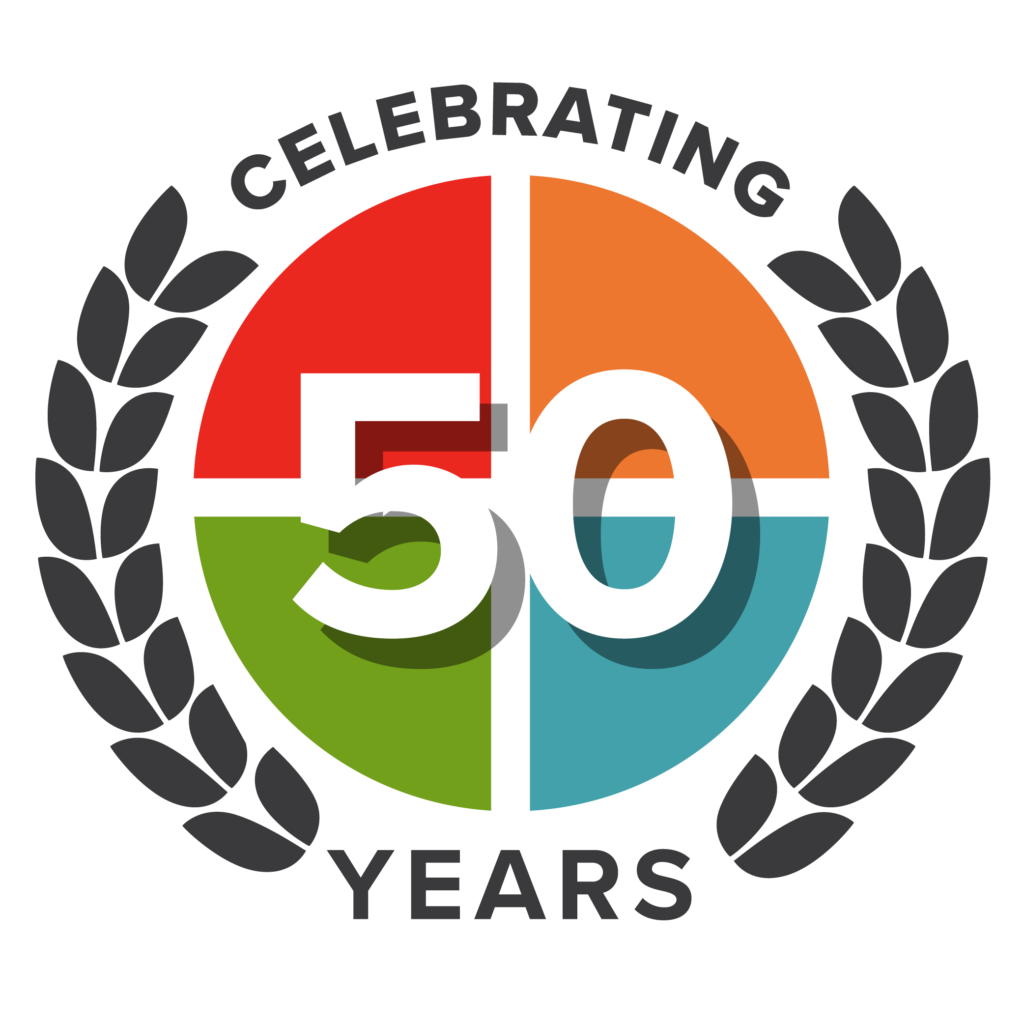Richard Warther, July 9, 2015
“If nature has made any one thing less susceptible than all others of exclusive property, it is the action of the thinking power called an idea, which an individual may exclusively possess as long as he keeps it to himself; but the moment it is divulged, it forces itself into the possession of every one, and the receiver cannot dispossess himself of it.”
These are heavy IP thoughts from Jefferson writing at the dawn of the industrial revolution, and his words must jumble and jostle in many receivers, those of flesh and blood, and not the tube and transistor type. But my receiver possesses signals and ideas from another era – the age of silicon. Somewhere in the very early 70’s, on Christmas Eve while the baby sitter watches TV, little Richy crawls into his parent’s closet, and sneaks a peak at his version of Ralphie’s Red Ryder Carbine Action 200-Shot Range Model Air Rifle – a Science Fair Globe Patrol Shortwave receiver. Oh Boy!!! Sold as a kit by Radio Shack, it boasts a 51-component, 3-transistor, 4-band tuner with a regenerative RF amplifier, diode detection and audio power amplifier. Man, I now own the World! The ghost of Christmas present wakes me next morning and I mount and solder the components, making sure electrolytic capacitors, diodes and transistors are oriented correctly, and complete the radio. I string a fifty foot wire out in the cold air of suburban DC. and tune the World. So many stations from so many countries are on the air in those days, and I believe at one time I probably heard them all. Most are now off the air, victims of a new invention – the Internet. Years later, two still stand out: 1) the Happy Station Show from Radio Netherlands Worldwide, broadcasting via its Bonaire facility, and 2) the Voice of the Andes musical programs, broadcasting from 100,000-watt RCA transmitters atop Quito, Ecuador. In that post-Nam era of confusion and Watergate, so many countries on shortwave sounded so stable. What about my favorite Quito station? As a young lad, I thought what a wonderful government. Little did I understand this conundrum of what sounded like a democratically elected military dictatorship.
After years of traveling the world, over our Memorial Day Weekend, I finally make it to Quito. Even though it was capital of the northern Incan Empire, there are few remains from that city. Either Inca or Conquistadores (or both) burned them all. I visit the Equator line, and find out the 18th Century French discoverers were a few hundred yards off the mark. Another village is the proper location. Although it is a cool 83, the 9400 foot elevation makes it seem 103. Now I know why both sexes of those Incan descendants wear those cool looking hats all day. One must at that elevation. On Monday President Correa stands on his Presidential Balcony while what appear to be his Praetorians gallop their horses and change the Guard. What Generalissimo put him in power I ask? None, I learn. He was democratically elected by his people; he is even American educated. I find his Praetorians are actually nice guys and ladies after I strike up a conversation with them while touring the Presidential Palace. My English speaking taxi driver and guide acquired the pass. Thanks Raul.
Although President Correra may appear European, some near him on that balcony look Asian. This makes sense. Quito’s anthropological museums inform us that the evidence adduced from Thor Heyerdahl’s journey on his Kon Tiki raft, the analysis of Jomon culture pottery shards allegedly found in Ecuador, and the DNA analysis of a distinct geographical cluster of Y-SNP lineages C-M217 (C3) in some Ecuadorians, indicate the people of Ecuador and Japan are relatives. Wow! No wonder some standing near the President look Japanese. The theory is proven by plain sight. This is fascinating My Chinese friend standing next to me bursts my bubble and informs me they are not Japanese; they are Chinese. Huh?
The Chinese are building things in Latin America I learn. “Like what?” I ask. “Big things – real big things,” I am told, like hydroelectric power plants, dams, canals, railways across the continent, mines, oil fields and factories. Any islands being built for improved weather stations and scientific research? We do need better tracking of El Nino. There are complaints of losing sovereignty. Some ask, is Ecuador a democratically elected subsidiary of China, Inc.? It is hard to say. What happens if there is default? Will China seize oil or perhaps IP? They cannot seize cultural archives and museums, for sure. But surely they can seize oil and IP. With compulsory licensing in vogue, however, is IP worth the effort.
A century ago in 1914, the Panama Canal opened and the American Century began. A century later in 2014, China began construction of its Nicaraguan Canal, which if completed, will dwarf the Panama Canal. I wonder if the Chinese Century has begun? While in Quito, President Correa appeared happy, the Ecuadorians I met appeared happy, and the Chinese appeared happy. And last but not least, I am happy because I bought one of those cool looking hats worn by those Incan descendants high in the Andes – made in China by the way.
Share This



